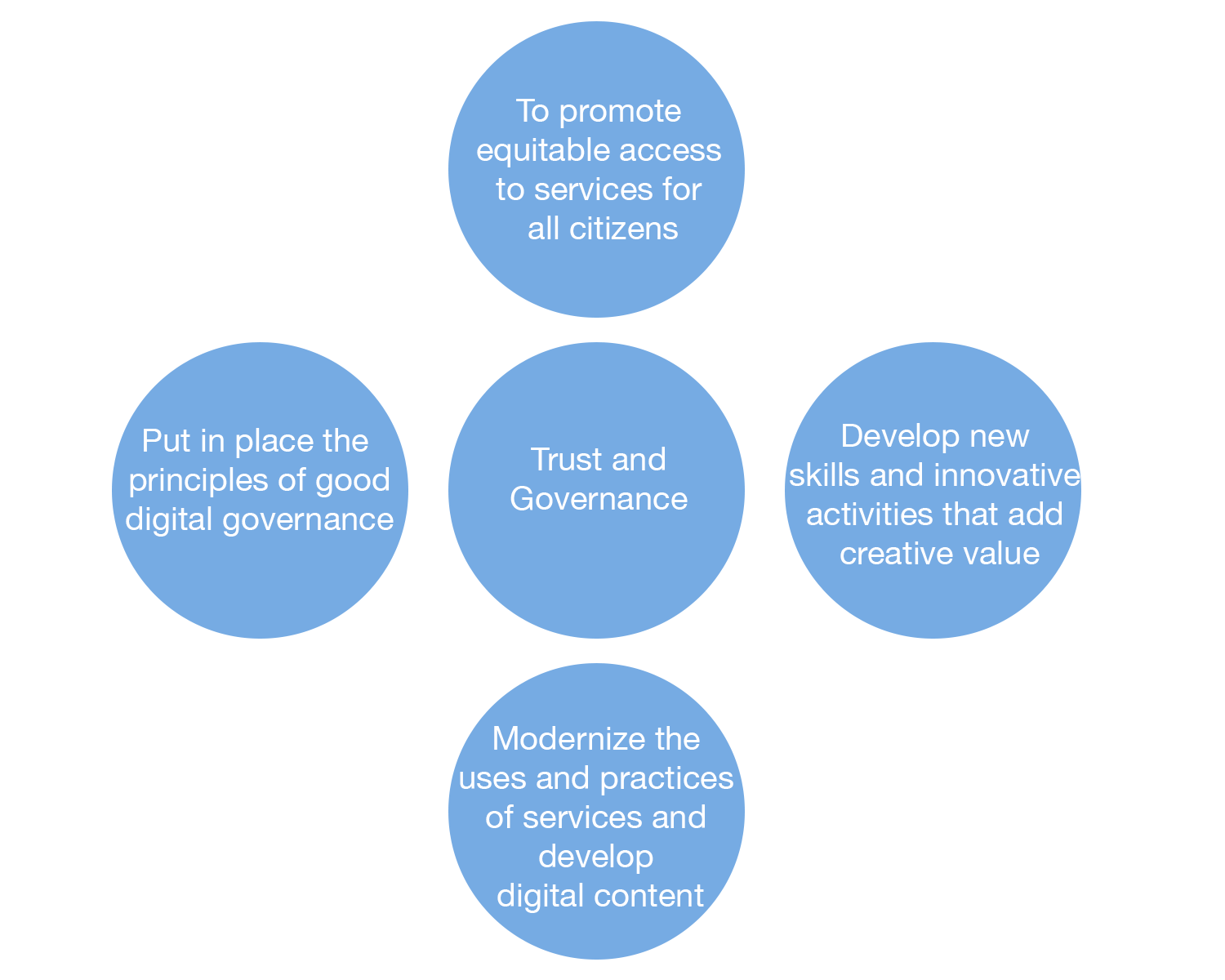
Measuring the social impact of the Internet can be an afterthought for many in the technical world; it’s easy to measure and validate improvements in speeds and latency but when it comes to how these technical improvements benefit the wider community, that’s best left up to the likes of those who attend Internet Governance forums.
There is real merit in understanding the impact technical improvements have, not just on end users but on society, particularly when the society you are servicing numbers less than 300,000 people and is surrounded by ocean.
Established in 2011, the New Caledonia Digital Observatory (Observatoire Numerique NC or ONNC for short) supports the local ICT community by measuring and analysing the ongoing impact of digital developments in New Caledonia, as well as providing a forum for networking, and learning and sharing of experiences, ideas and concerns about the local industry.
ONNC Director, Charlotte Ullmann, was a part of the initial project in 2010 to develop a tool to enable the government and industry to measure and report on digital users.
“There had never been a report — nor a department within government or industry to report — on the digital footprint in New Caledonia and its impact on society,” remembers Charlotte, who had only recently emigrated from France, having completed a PhD in Geography and Spatial Planning.
“We consulted more than 180 stakeholders in New Caledonia and France to understand what they wanted to learn, and what roles and responsibilities they would come to expect of what we were calling a ‘digital observatory’”.
The result was a three-year project to establish the ONNC and conduct an inventory of digital equipment, services and practices of the population of New Caledonia — the 2011 Digital Barometer.
Many citizens, businesses, and government departments recognized the emerging importance of the sector on the economy and livelihoods. However, as with many other national surveys on the subject, experience, cost and access were identified as major barriers to the regular use of ICT.
“Now that everyone was aware of the reality of the situation, we could start to develop and coordinate strategies — including the PSEN (see break out) — for future ICT developments,” says Charlotte.
 The Strategic Plan for the Digital Economy (PSEN) was adopted in 2013 to respond to the challenges related to new technologies, and make New Caledonia a ‘Cyber Reference’ in the Pacific. The five main objectives of the PSEN are to:
The Strategic Plan for the Digital Economy (PSEN) was adopted in 2013 to respond to the challenges related to new technologies, and make New Caledonia a ‘Cyber Reference’ in the Pacific. The five main objectives of the PSEN are to:
• Put in place the principles of good digital governance
• Promote equitable access to services for all citizens
• Trust and governance
• Develop new skills and innovative activities that add creative value
• Modernize the uses and practices of services and develop digital content
Enabling digital natives
As we’ve touched on in this series thus far, a lot has happened in the seven years since the original Digital Barometer survey.
E-commerce and e-administration have grown in popularity, connectivity is better with a complete rollout of 4G mobile Internet and fibre to the home becoming more popular, and with greater access, the digital divide has also evolved from geographic disparity to experience ability.
This last point is something of interest to the ONNC team, in particular, the experience and vulnerability of ‘digital natives’. In 2014, 1,019 people between the ages of 15 and 29 were surveyed to assess their uses, attitudes and expectations.
“With faster connection speeds, and range of devices they can access the Internet by, younger generations are exposed to more content than ever before, consuming increasing amounts of videos and social networks,” says Charolotte.
“One of the roles of the ONNC is to emphasize both the good and bad uses of the Internet. We are interested in listening to this generation to understand how they use and want to use the Internet, so we can work with our partners to develop strategies to promote the good opportunities — such as the robots and coding workshops we ran this year — and make them aware of the dangers.”
Greater sense of community among ICT professionals
Another big change since the ONNC was established has been the greater sense of community among ICT professionals — as verified by the community in two white paper reports conducted in 2014 and 2016.
“Digital professionals know each better other because they’ve benefitted from professional meetings (at least three per year), TEDdxNouméa conferences (2016 and 2017), and Hackathons that we’ve helped organize,” say Charlotte.
“We have 58 organizations (public, private and non-profit associations) representing 169 very close followers. Our newsletter is sent to over 900 subscribers and our Facebook page has 795 fans, many of whom are active contributors.”
“Our new challenge is to work closer with our stakeholders, giving them more decision making in our projects, and making them more visible in our upcoming new website.”
Projects validated by the ONNC’s followers for 2018 include:
- Digital economy trends: a series of discussions and a survey on digital transformation in finance, agriculture, and construction.
- Digital Society: a project for teaching code to children as well as organizing the 3rd TEDxNoumea conference.
- Smart-territory: a partnership with university and business schools to organize a Hackathon and start-up events, as well as a R&D digital start-up event in October.
The ONNC also recently assisted with promoting the second Digital Barometer inventory of New Caledonia (see the report).
“We’ve already seen so many transitions in the time we conducted the last inventory, but it will be great to see it on paper and be able to compare it to where we were in 2010, and potentially forecast where we, as a community and as a society, would like to be in 2026, ” says Charlotte.
The views expressed by the authors of this blog are their own and do not necessarily reflect the views of APNIC. Please note a Code of Conduct applies to this blog.
